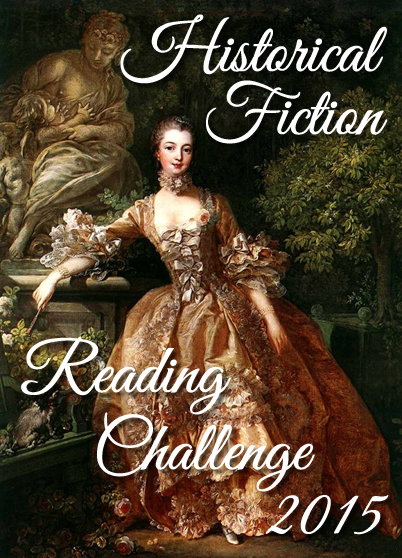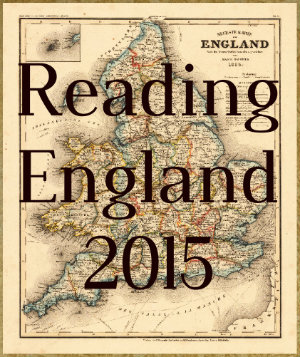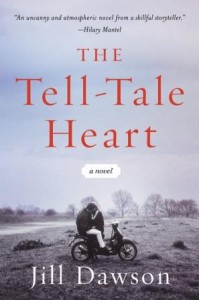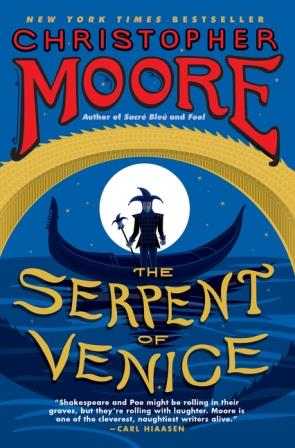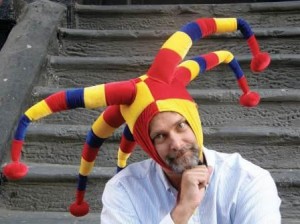 Congressman and Civil Rights Movement legend John Lewis teamed up with his Digital Director & Policy Advisor Andrew Aydin and graphic novelist Nate Powell to write his memoir in the form of a graphic novel. The first part of this memoir, March: Book One, tells Lewis’s story from his beginnings as the son of sharecroppers to his days as a student leading lunch-counter sit-ins in Nashville. The second volume of the memoir, March: Book Two, was published in January.
Congressman and Civil Rights Movement legend John Lewis teamed up with his Digital Director & Policy Advisor Andrew Aydin and graphic novelist Nate Powell to write his memoir in the form of a graphic novel. The first part of this memoir, March: Book One, tells Lewis’s story from his beginnings as the son of sharecroppers to his days as a student leading lunch-counter sit-ins in Nashville. The second volume of the memoir, March: Book Two, was published in January.
I became intrigued by the memoir after seeing Rep. Lewis talking about it on his Facebook page. I have to admit he is one of my own personal heroes. He has displayed bravery that I am not sure I’d be capable of. I had the good fortune to meet him when he visited my previous school upon the dedication of an art installation. He said very kind things about the artwork, and I was able to meet him and shake his hand and tell him how much I admired him. I do remember crying. It was amazing. He was so kind and so generous with his time, which is how he comes across in this memoir as well. The story opens as Lewis awakens on the day of Barack Obama’s inauguration and goes to his office. He meets two young boys, and he begins telling them the story of his life, starting with the story of his father purchasing his own farm and Lewis caring for the chickens, through his experiences going to school and yearning to learn, his introduction to Martin Luther King, Jr., and his lunch-counter protests while a college student in Nashville.
My school is considering several books as an all-school summer read, and March: Book One is one of the books under consideration. I loved it. It tells the story of the Civil Rights Movement in an engaging way. Reluctant readers and voracious readers alike will appreciate the way it brings the struggles of the Civil Rights movement to life. Many teenagers are not aware of what African Americans suffered when protesting for their basic civil rights. This book would fit in quite well with our American literature course’s units on social justice and civil disobedience.
The device of the flashback works well as a means for telling Lewis’s story as well. One quibble I have is that some of the speech bubbles are difficult to read. I think it was purposeful because I believe that the indecipherable speech bubbles were supposed to represent speech that was not completely heard or took place a “offstage,” if that makes sense. Still, I wanted to read them and see what was being said.
I liked the artwork, and I loved the concept of casting Lewis in the role of a superhero (a little bit). Lewis’s personality shines through the pages, too. He comes across as warm and intelligent—he’s serious, but he also knows when to use his sense of humor. I learned some things reading the book as well. I didn’t realize, for instance, that Thurgood Marshall encouraged the African-American students to pay bail or to get out of jail.
Graphic novels aren’t for everyone. Despite the success of books like Maus and Persepolis, graphic novels are still not accepted by all as a legitimate medium. If you are one of those folks who do not see graphic novels as legitimate literature, you might not like this book… but if you are one of those folks, I would urge you to give them a try with an open mind.
Rating:













